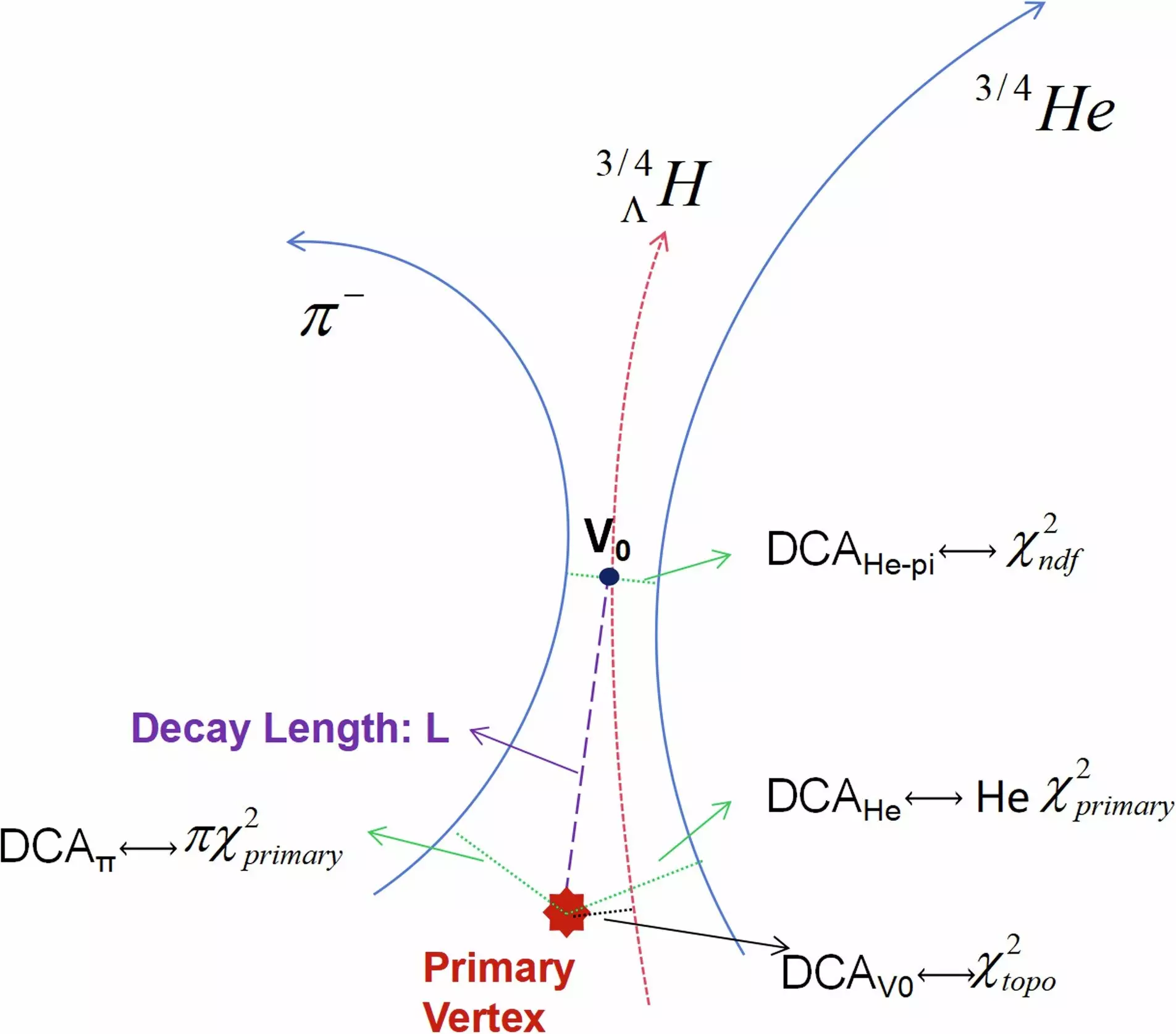Antimatter, a concept that has intrigued and puzzled scientists for nearly a century, continues to be a subject of intense research and exploration. In a recent breakthrough at the Brookhaven National Lab in the US, physicists have made a significant discovery regarding the heaviest “anti-nuclei” ever observed. This finding sheds light on the properties and behavior of antimatter, elucidating its connection to the search for elusive particles like dark matter in the vast expanse of space.
The concept of antimatter dates back to the groundbreaking work of British physicist Paul Dirac in 1928. Dirac’s theoretical framework predicted the existence of antielectrons, antiprotons, and antineutrons as the antimatter counterparts of ordinary matter particles. This notion gave rise to the possibility of antiatoms, antiplanets, and even antigalaxies coexisting with their matter counterparts.
The recent discovery at the STAR experiment at the Relativistic Heavy Ion Collider delves into the realm of hypernuclei, exotic structures comprising antimatter particles. By colliding heavy elements at high speeds, scientists were able to create these short-lived antimatter nuclei, particularly the antihyperhydrogen-4, composed of antiprotons, antineutrons, and an antihyperon.
The comparison of hypernuclei and antihypernuclei revealed striking similarities in their lifetimes and masses, aligning with Dirac’s theoretical predictions. These findings validate existing models of antimatter production and highlight the consistency between matter and antimatter interactions.
The connection between antimatter and dark matter opens up new avenues for exploration. Dark matter, a mysterious substance permeating the universe in abundance, may hold the key to understanding the origin and distribution of antimatter. The potential for dark matter particles to annihilate and produce antimatter particles underscores the intricate relationship between these two enigmatic phenomena.
As scientists continue to probe the mysteries of antimatter and its elusive nature, experiments such as LHCb and Alice at the Large Hadron Collider are poised to deepen our understanding of antimatter’s role in the universe. The quest for answers regarding the scarcity of antimatter relative to ordinary matter remains a central focus of research, with the hope of unraveling this enduring enigma by the centenary of antimatter’s discovery in 2032.
The recent breakthrough at the Brookhaven National Lab represents a significant milestone in the quest to unravel the mysteries of antimatter. By exploring the properties of antimatter particles and their interactions, scientists are not only advancing our understanding of fundamental physics but also shedding light on the interconnectedness of antimatter and dark matter in the cosmos. The path ahead may be challenging, but the pursuit of knowledge and discovery in the realm of antimatter holds the promise of unlocking profound insights into the nature of our universe.


Leave a Reply